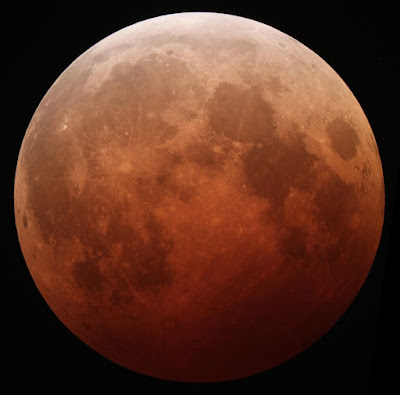Helena Puumala’s SF Romance
series features a planet, Kordea, with seven moons. This rather unusual setting gives me the
opportunity to talk about some of the remarkable moons in our solar system, as
I test different moons for the cover of book 2 of the series (link given below). This blog is about our moon, which sometimes
goes by the latin name Luna. It is
notable for being the largest moon relative to the planet around which it
orbits. Indeed, Earth and Luna are
sometimes thought of as a double planet system.
The
Witches’ Stones Book 2: Love and Intrigue under the Seven Moons of Kordea.
Here are a few facts about Earth’s moon, Luna, courtesy of Wiki:
- It is very large compared to its planet of revolution (Earth), at about 25% the diameter and 1.25% the mass. The Pluto-Charon pairing is even closer in planet-satellite ratio, but since Pluto is now classed as a dwarf planet we can ignore it in this case.
- It is thought to have formed in the early history of the solar system, via the Earth colliding with a Mars sized planet, about 4.5 billion years ago. The moon formed from the debris of that collision. It is Earth’s only natural satellite.
- It is about 1740 km in radius, which makes it the fifth largest moon in the solar system. It is also dense, the second densest moon after Jupiter’s Io. It has an iron core and rocky mantle and crust.
- It is mostly geologically inactive, though there are some hints of volcanism within the past few million years. Moonquakes and releases of gas are also observed occasionallly.
- It is orbitally locked with Earth, so that the same side always faces our planet. The near side features about one-third relatively flat terrain (maria) as well as craters, while the far side is mostly cratered.
- It has a low albedo (reflectivity), though it seems bright to us. Its albedo of about 0.12 is actually similar to asphalt.
- There seems to be water-ice in some of the craters permanently sheltered from sunlight, at the poles. There may also be ice under the lunar regolith in other areas. Life is extremely, extremely doubtful, though (except the odd visit by astronauts).
- The temperature can vary from very cold to very hot, depending on whether a location is in sunlight.
- The moon’s distance from the Earth and size just happen to make it the correct size to give us exquisite solar eclipses.
- That won’t last forever – the moon is slowly getting farther from the Earth as it gains angular momentum from the Earth via tidal coupling. But, not to worry, it is only receding at about an inch and a half per year (3 or 4 cm).
- The moon is highest in the sky in winter, and lowest in summer, opposite of the tendency of the sun’s altitude in the day. But there are many complications.
- As we know, the moon is the only body outside of Earth to have been visited by people. And we do know that, contrary to Apollo skeptics.
- People have reported transient lunar phenomena for centuries – basically light coming from the moon. These are probably meteor impacts or out-gassing, though there is a lot of controversy on the subject.
And here’s a shot, taken by the blog writer through a 130 mm Newtonian:
------------------------------------------------------------------------------------------------------
Now, here’s a moon-based pitch for Helena Pummala’s latest SF Romance series, The Witches’ Stones:
Helena
Puumala's SF Romance series features the planet Kordea, home to a race of
beautiful and powerful psychic aliens, known as the Witches of Kordea.
The planet has seven moons, an extraordinary arrangement for a terrestrial
sized planet in its star's habitable zone, as is noted in Book 1, which you can
get from the link below: :).
http://www.amazon.com/The-Witches-Stones-Book-One-ebook/dp/B008PNIRP4
http://www.amazon.com/The-Witches-Stones-Book-One-ebook/dp/B008PNIRP4
In fact,
the moons of Kordea become a central element in Book 2, now out as well.
The cover below actually borrows Earth’s moon Luna, taken by the blog writer
some years ago. I will by testing out different moons for the cover of
the Witches' Stones Book 2, so, as noted above, this gives me the opportunity
to do a mini-tour of some of the major moons of our solar system. Moons, including our own, are
fascinating. A terrestrial planet with
seven moons would be cool (though it would probably be a very unstable
arrangement).



No comments:
Post a Comment